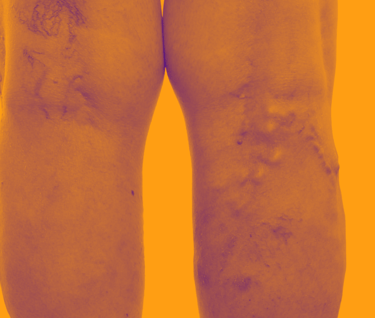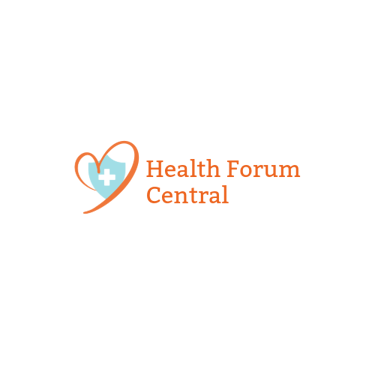Understanding Varicose Veins
Explore Varicose Veins: Causes, Symptoms, and Management Tips for Better Leg Health. Learn to Identify Varicose Veins Symptoms, Discover Preventive Measures, and Treatment Options for Improved Vascular Wellness.
VARICOSE VEINS


Varicose veins are a common vascular condition affecting millions of individuals worldwide. They appear as enlarged, twisted veins that often manifest in the legs and can cause discomfort and aesthetic concerns. Understanding the underlying causes, recognizing symptoms, and exploring effective management strategies are crucial for anyone dealing with or seeking to prevent varicose veins.
What Are Varicose Veins?
Varicose veins are dilated, enlarged veins that occur when the valves within the veins weaken or malfunction, leading to blood pooling and the subsequent enlargement of the vessels. These veins usually appear bluish or purplish in color and often bulge out from the skin surface.
Causes of Varicose Veins
Several factors contribute to the development of varicose veins:
Genetics: Family history plays a significant role. If one or both parents have varicose veins, there's an increased likelihood of developing them.
Age: As people age, veins can lose elasticity, causing them to stretch. This weakening contributes to valve malfunctions and the development of varicose veins.
Gender: Women are more prone to varicose veins due to hormonal changes during puberty, pregnancy, and menopause.
Prolonged Standing or Sitting: Occupations or habits that involve long periods of standing or sitting can hamper blood flow, increasing the risk of varicose veins.
Obesity: Excess weight can put additional pressure on the veins, making them more susceptible to weakening.
Pregnancy: The increased blood volume during pregnancy, along with hormonal changes, can contribute to the development of varicose veins.
Symptoms of Varicose Veins
Recognizing the signs and symptoms of varicose veins is crucial for early intervention:
Visible, Enlarged Veins: The most apparent sign is the presence of bulging, twisted veins on the legs, often visible through the skin.
Aching or Heaviness: Individuals with varicose veins may experience aching, throbbing, or a feeling of heaviness in the legs, especially after standing for long periods.
Swelling: Swelling, particularly in the ankles and feet, can occur due to poor circulation.
Discomfort or Itching: Some may experience itching around the affected veins.
Skin Changes: Over time, the skin around varicose veins may become discolored, dry, or inflamed. In severe cases, ulcers may develop.
Effective Management of Varicose Veins
While varicose veins may not always be entirely preventable, several measures can help manage the condition and alleviate discomfort:
Regular Exercise: Engaging in low-impact exercises such as walking or swimming helps improve circulation and strengthen leg muscles.
Healthy Diet: A diet rich in fiber and low in salt can aid in maintaining a healthy weight, reducing pressure on the veins.
Avoid Prolonged Sitting or Standing: Taking breaks to move around, especially if your job involves extended periods of sitting or standing, can improve blood flow.
Compression Stockings: These specialized stockings apply gentle pressure to the legs, aiding blood flow and reducing discomfort.
Elevating Legs: Elevating the legs above heart level when resting can help reduce swelling and discomfort.
Medical Interventions: Various medical procedures, including sclerotherapy, laser therapy, or minimally invasive surgeries, can effectively treat varicose veins, especially when symptoms are severe or persistent.
Understanding varicose veins, their causes, and symptoms is the first step toward effective management and treatment. By adopting lifestyle changes and seeking appropriate medical advice, individuals can mitigate discomfort and reduce the progression of this common vascular condition.
Whether through preventive measures or seeking professional treatment, taking proactive steps can significantly improve the quality of life for those affected by varicose veins.
